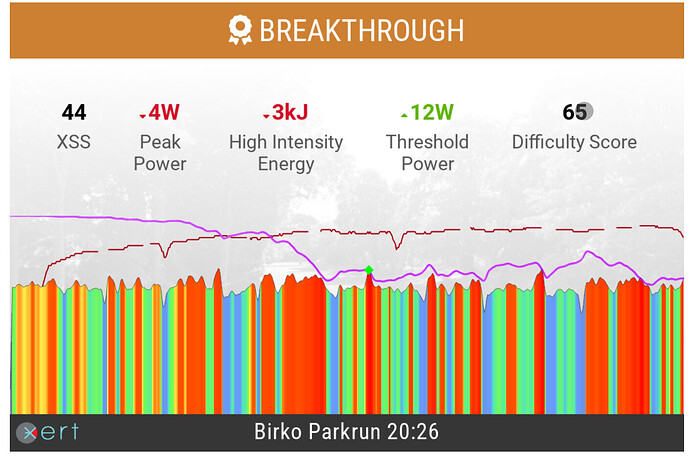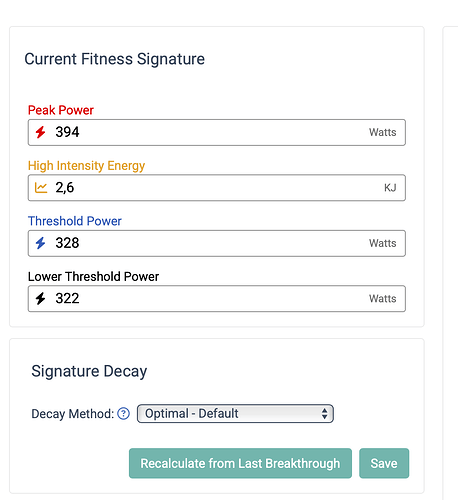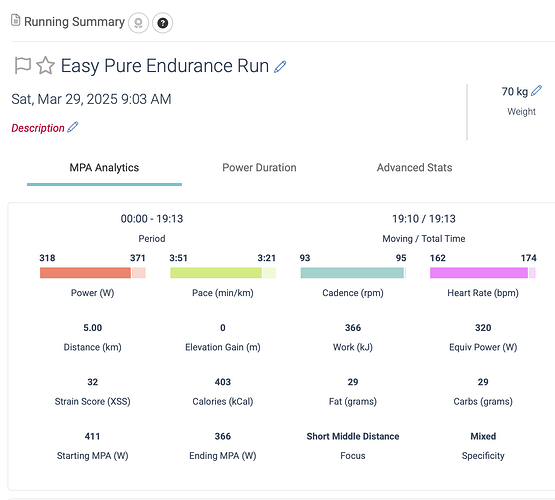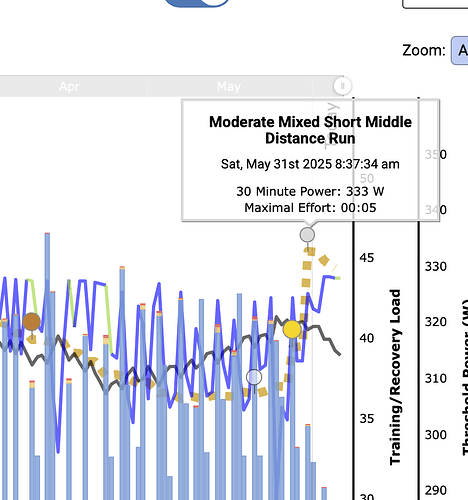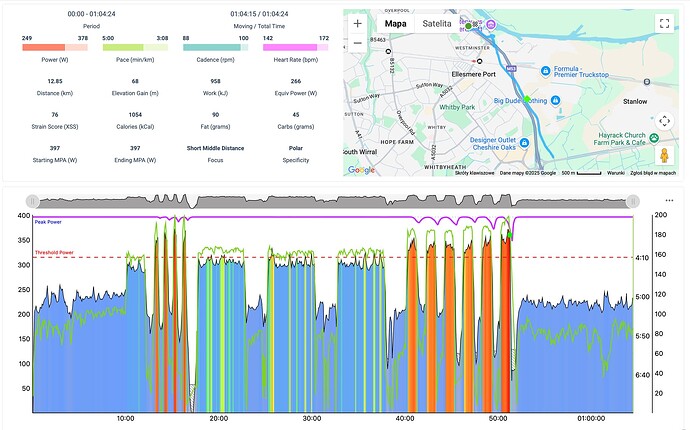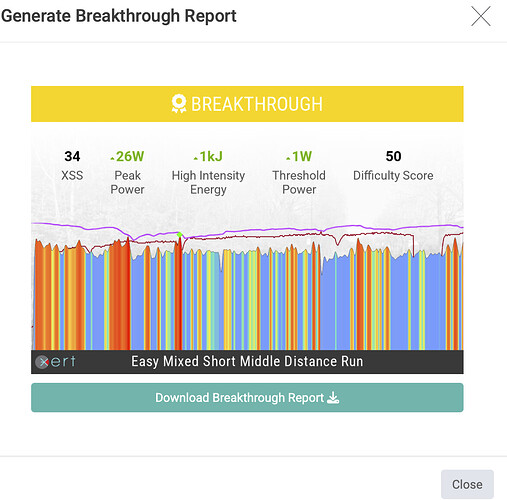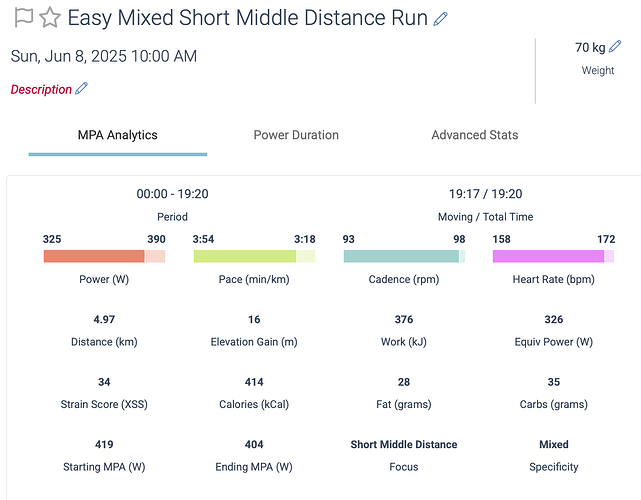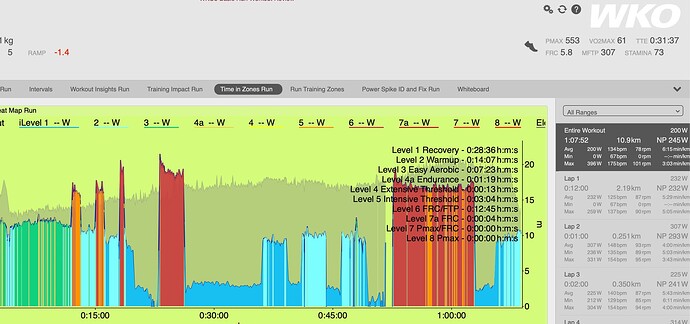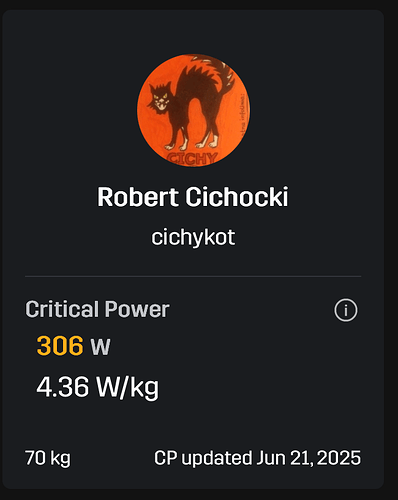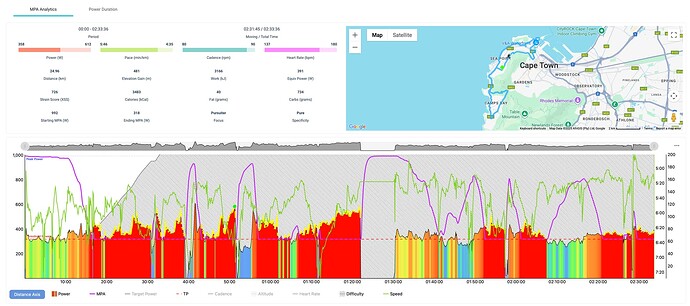Hello everyone.
To start, please be understanding if there are any mistakes, as English is my second language. Since there are practically no discussions here (at least I don’t see any) related to running, I decided to write a bit about my adventure with Xert, which has only been going on for three weeks. However, I have been running with Stryd since 2016. For various reasons, I only have input data from October, with a long break for the holidays, so Xert doesn’t have much possibility to create the “ideal plan for me.” However, what I already see, I really like.
In March 2025, I will turn 55 years old. I am not, nor have I ever been, a professional runner, but I have been running recreationally with various breaks since 1999. I haven’t trained in any particularly structured way, sometimes more, sometimes less. In 2022, I was running around 39:50 min/10 km and 19:15/5 km. Two years ago, I think I experienced a mid-life crisis because I decided to achieve a solid time for 5 km, and last year I ran 18:57/5 km. Unfortunately, this year I had a big break from January to June; I did some running, but there was no real training involved.
As I mentioned, I’ve been running with Stryd since 2016, also with breaks from power-based training, mainly because no one offered any sensible solutions. I looked everywhere, as I see my Xert account was created in 2017 ![]()
I also have a WKO5 and am well-acquainted with Golden Cheetah, but in reality, these are all data analysis programs, and you can draw conclusions from them. However, I’ve always had a tendency to create overly intense plans for myself.
I apologize for writing so much, but firstly, I enjoy writing, and secondly, I’d like to present a picture of my current situation. Perhaps someone will find this thread interesting, which I somewhat hope for. Therefore, I believe that in this case, the more initial data, the better.
Three weeks ago, I was already determined to follow Stryd’s plans until I remembered that Xert still existed and decided to check if there had been any changes. (I hadn’t checked in about a year?) It turns out there were significant changes. I bought a monthly subscription, and once I did, I started playing with the settings, reading the forum, FAQ, etc. I found it satisfying enough that a few days later, I purchased an annual subscription, and for the past three weeks, I’ve been systematically running according to the plans generated by Xert.
I run five times a week with the goal of participating in a 5km parkrun on March 29, aiming to do my best. I don’t have any specific expectations; I just want to conduct solid training throughout the autumn and winter, play with the program, gather data, and experiment. In Stryd (and here), I have my weight entered as 70 kg, and I stick to that, although currently, it’s 75 kg. As I mentioned, practically no running in spring resulted in a higher weight. By spring, I should be able to lose those 3-4 kg without any problem (I managed to weigh 66 kg in 2020 with a height of 177 cm). At the moment, after a few “breakthroughs,” I have a Threshold Power (TP) of 292 watts.
At this point, I’ll wrap up this lengthy entry. In future posts, I’ll present my training assumptions and share my thoughts on the generated workouts and how I generally see everything. Comments are most welcome, and I hope this writing makes some sense. If anyone is interested in checking out my workouts, here’s the link to my Strava profile.
Best regards,
Robert
